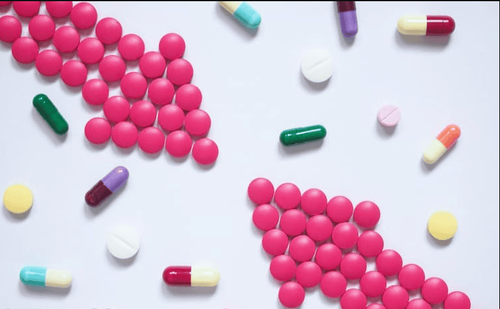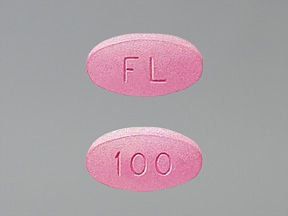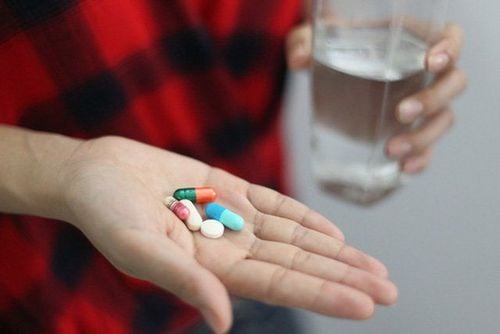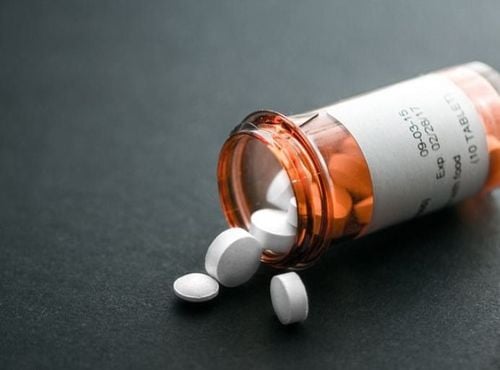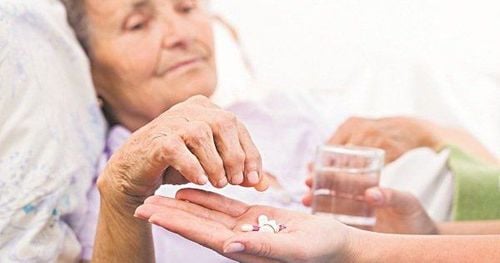This is an automatically translated article.
Drug interaction is a common phenomenon in patients using drugs. So what is the FDA (USA) definition of drug interaction and how to avoid this situation from happening?1. What are drug interactions?
Drug interaction is the interaction between one drug and another, between the drug and the physiological or pathological condition of the body or with certain foods that the patient consumes. The results of drug interactions make the drug increase or decrease the therapeutic effect, or give rise to some unwanted effects that are detrimental to the patient.Using two or more drugs at the same time is also very easy to appear drug interactions. This interaction can reduce, lose the effect of each other or increase the toxicity of the drug to the body... However, with common drugs, there are some common interactions and patients need to remember some factors. switch to avoid.
Many types of food are used by humans together. Example: Chocolate and butter are often used together a lot in dishes. However, eating chocolate and certain drugs is fraught with risks. Some specific cases are mentioned. Chocolate and MAO inhibitors (a type of antidepressant) can cause a sudden increase in blood pressure, which is dangerous for the user.
Some other foods must be avoided when using MAO inhibitor antidepressants such as: cheese, sausages... also cause hypertension when used together.
MORE: Common dangerous drug interactions
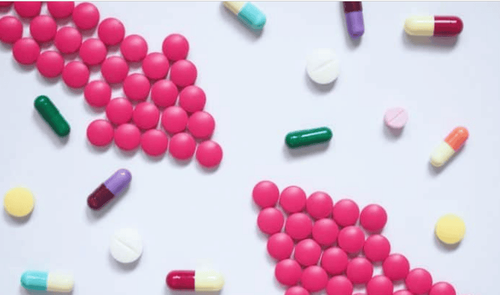
Tương tác thuốc có thể gây ra những nguy hiểm về sức khỏe nhất định cho người bệnh
2. What types of drug interactions are there?
The three most common types of drug interactions are:Drug-food and drink-drug interactions. Drug-food interactions protect health. Drug-drug interactions. Accordingly, patients should be aware of the warnings of the drugs they are taking and discuss with their doctor or pharmacist to minimize the risk of drug interactions.
2.1 Drug-food and drink-drug interactions
The consequences of these drug-food-drug interactions can include slowing or increasing the absorption of a drug, affecting bioavailability (how well the drug is absorbed into the bloodstream and tissues). of the patient), metabolism, and elimination rate of the drug. Some typical cases are:Alcohol: alcohol can increase or decrease the effects of many drugs, or increase the toxicity of drugs. For example: Patients absolutely should not use alcohol when using paracetamol, because it can increase the toxicity of paracetamol and damage liver cells. Chocolate: In addition to the above MAO inhibitor antidepressant, the caffeine in this food can interact with some drugs called methylphenidate (drug used to treat bipolar disorder) to increase or decrease the effect. use of sedatives such as zolpidem.

Bệnh nhân đang dùng thuốc paracetamol cần hạn chế rượu bia
2.2 Drug-food interactions to protect health
Health foods are increasingly popular in our country as well as many countries around the world. There is no denying the benefits of functional foods, but we also need to be careful when using them together with drugs to treat diseases. Some examples are:Vitamin E: Taking vitamin E with anticoagulants such as Coumadin may increase the anticoagulant effect and increase the risk of bleeding. Ginseng: This herb interacts with Coumadin. In addition, ginseng enhances the anticoagulant effect of heparin, aspirin and non-steroidal anti-inflammatory drugs such as ibuprofen, naproxen or ketoprofen. Combining ginseng with antidepressant MAO inhibitors can cause headaches, insomnia, restlessness or decreased excitement when active. Ginkgo biloba: High doses of ginkgo may decrease the effectiveness of patients taking antiepileptic drugs such as Tegretol, Equetro or Carbatrol (carbamazepine), and Depakote (valproic acid). MORE: Common Psychotropic Drug Interactions
2.3 Drug-drug interactions
Drug-drug interactions are now very common and can lead to drug withdrawals from the market. However, a recall of a drug will usually be a last resort. Normally, the FDA will issue warnings to the public and healthcare professionals about the potential for drug interactions. Some cases of drug-drug interactions are as follows:Amiodarone: FDA issued a warning in August 2008 Cordarone (amiodarone): The FDA issued a warning in August 2008, warning patients about its use. Cordarone to correct abnormal heart rhythms and the cholesterol-lowering drug Zocor (Simvastatin). Patients taking Zocor at doses higher than 20 mg and Cordarone are at risk for rhabdomyolysis, which can lead to kidney failure or death. Experts recommend that Cordarone may also inhibit or reduce the effects of the blood thinner Coumadin (warfarin). So, if you are using Cordarone, you may need to reduce the amount of Coumadin you are taking. Lanoxin (digoxin): Lanoxin has a narrow therapeutic range. So other medicines, such as Norvir (ritonavir) can increase the effects of Lanoxin, which can cause an irregular heartbeat. Norvir is a protease inhibitor used to treat HIV. Antihistamines: An antihistamine is an over-the-counter (OTC) medicine used to temporarily relieve a runny nose, or relieve sneezing, itchy nose or throat, and itchy watery eyes. Some antihistamines may increase the depressive effects (such as drowsiness) of sedation. The sedative effects of some antihistamines combined with antidepressants can drastically affect a user's concentration levels. Operating a car or any other machine can be especially dangerous if your ability to concentrate is impaired. Additionally, antihistamines taken with blood pressure medications can cause a person's blood pressure to rise and also increase heart rate.
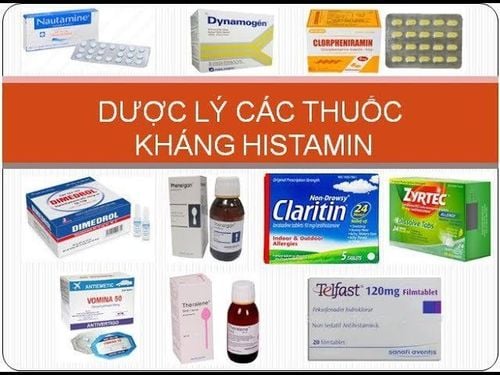
Một số loại thuốc kháng histamin làm tăng nguy cơ mắc trầm cảm ở người bệnh
Please dial HOTLINE for more information or register for an appointment HERE. Download MyVinmec app to make appointments faster and to manage your bookings easily.
References: fda.gov,





